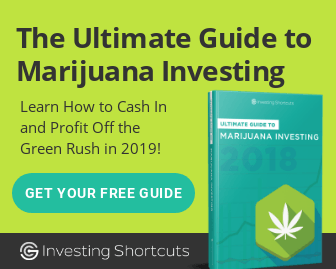
 To generalize, investors and traders typically want price movement. A stagnant market doesn’t offer as many opportunities to profit with tight price ranges.
To generalize, investors and traders typically want price movement. A stagnant market doesn’t offer as many opportunities to profit with tight price ranges.
Volatility is opportunity, pure and simple. As a market moves, the window expands to capture a piece of it.
The buy-the-dip mentality of the past few years has conditioned some to load up on calls after a correction has knocked the market down hard. This strategy has been successful with new higher highs after each major sell off since 2009. Past performance is not indicative of future results and it will hold true only until it doesn’t.
As with everything in life, timing is key when buying bullish positions in the face of heightened selling fears. The increase in volatility makes options more expensive in relative terms.
Choosing when to buy is obviously crucial as is what to buy. The option strike also has much to do with success.
An out-of-the-money option has no intrinsic or real value. Though the direction may be right, an OTM option bought in a heightened volatility environment can lose value even when the stock moves correctly in the right direction.
The option premium was flattened by the increase in uncertainty that dissipates after the stock stabilizes.
To limit the impact of volatility when buying options use the in-the-money strikes.
They have real value and only a small portion of the option price is time value.
The volatility component is less sensitive and not deflated significantly when the stock moves up in the desired direction.










